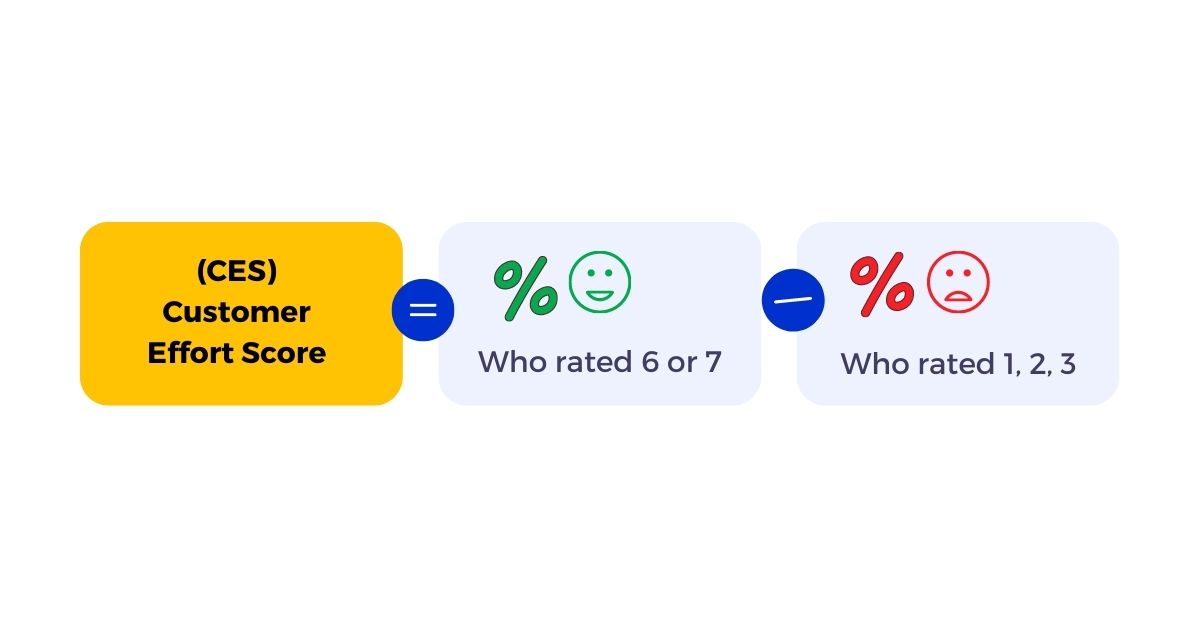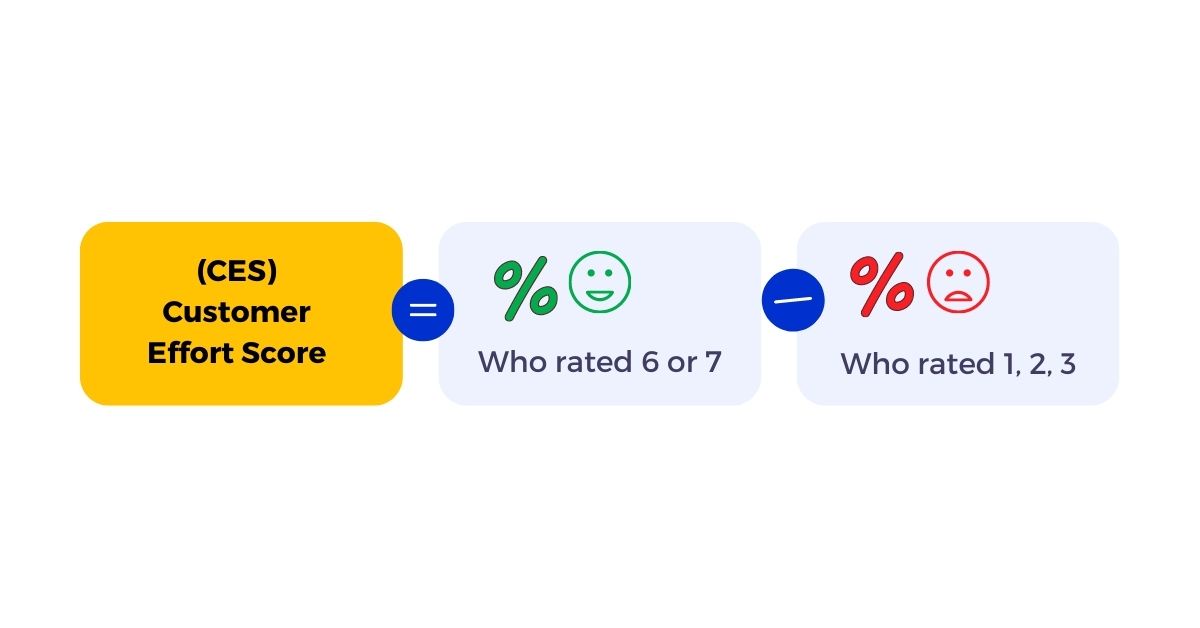Introduction: In today's competitive business landscape, delivering exceptional customer experiences has become a key differentiator for companies across various industries. Customer satisfaction has long been a focal point for businesses, but to truly stand out, organizations need to go beyond mere satisfaction and strive for customer delight. This is where Customer Effort Score (CES) comes into play. CES is a powerful metric that enables businesses to assess the ease or difficulty customers encounter when interacting with their products, services, or support. In this article, we will delve into the significance of CES and explore how it can be utilized to enhance customer experience.

Understanding Customer Effort Score (CES): CES measures the level of effort required by customers to achieve their desired outcomes when engaging with a company. It quantifies the ease or difficulty associated with a customer's journey, from making a purchase to seeking assistance or resolving an issue. The score is typically collected through post-interaction surveys or feedback mechanisms, where customers rate their experience on a scale ranging from "very easy" to "very difficult." The goal is to minimize customer effort and maximize satisfaction, loyalty, and advocacy.
The Importance of CES in Improving Customer Experience:
-
Identifying Pain Points: By assessing the effort customers exert, CES enables businesses to identify and address pain points in their customer journey. These pain points can be related to complex ordering processes, convoluted navigation on websites, long wait times, or ineffective customer support. Identifying and resolving these issues can significantly enhance customer satisfaction. For example, if customers consistently rate the checkout process as difficult, businesses can streamline it by simplifying steps, improving clarity, and implementing user-friendly interfaces.
-
Driving Customer Loyalty: Research has shown that reducing customer effort leads to increased loyalty. Customers who experience low-effort interactions are more likely to remain loyal to a brand, make repeat purchases, and recommend it to others. By optimizing their processes and minimizing customer effort, companies can cultivate a loyal customer base and drive sustainable growth. When customers find it effortless to engage with a brand and achieve their desired outcomes, they develop a sense of trust and loyalty towards the company.
-
Enhancing Retention and Lifetime Value: High-effort experiences are often a catalyst for customer churn. When customers face hurdles or encounter frustrations, they are more inclined to switch to competitors who offer smoother experiences. Conversely, low-effort experiences foster customer retention and increase customer lifetime value, as satisfied customers are more likely to engage with a brand over an extended period. By focusing on reducing customer effort, businesses can create positive experiences that encourage long-term relationships and maximize customer lifetime value.
-
Differentiating from Competitors: In a crowded marketplace, providing exceptional customer experiences is a vital way to differentiate from competitors. By proactively measuring and improving CES, companies can gain a competitive edge. Brands that prioritize minimizing customer effort are perceived as customer-centric and are more likely to attract and retain customers in the long run. CES becomes a powerful tool for businesses to set themselves apart and create a reputation for seamless experiences that prioritize customer needs and convenience.
Implementing CES in Customer Experience Strategies:
-
Designing Seamless Customer Journeys: To reduce customer effort, it is crucial to streamline the customer journey. This involves simplifying processes, optimizing interfaces, and ensuring intuitive navigation across touchpoints. By understanding customer pain points and eliminating unnecessary steps, companies can create seamless experiences that minimize effort. For example, companies can conduct user testing and gather feedback to identify and rectify any areas of friction throughout the customer journey.
-
Empowering Proactive Support: Empowering customers with self-service options and easy-to-access support resources can significantly reduce their effort. Providing comprehensive FAQs, knowledge bases, and online communities equips customers with the tools to find solutions independently, reducing their reliance on customer support agents. Additionally, implementing live chat or chatbot features can provide instant assistance and resolve queries efficiently, further reducing customer effort.
-
Measuring and Monitoring CES: Regularly measuring and monitoring CES allows businesses to track improvements and identify areas that require attention. Conducting post-interaction surveys, analyzing customer feedback, and leveraging data analytics can provide valuable insights for optimizing customer experiences. By continuously monitoring CES scores, companies can gauge the impact of their efforts and make data-driven decisions to drive further improvements.
Conclusion: In today's customer-centric landscape, businesses cannot afford to overlook the importance of Customer Effort Score (CES) in delivering exceptional experiences. By understanding the effort customers expend and proactively minimizing it, companies can enhance customer satisfaction, drive loyalty, and differentiate themselves from competitors. By continuously measuring, monitoring, and acting on CES feedback, organizations can cultivate long-term customer relationships that drive sustainable growth. Embracing CES as a crucial metric in customer experience strategies will undoubtedly propel businesses toward success in today's dynamic marketplace.


No comments yet